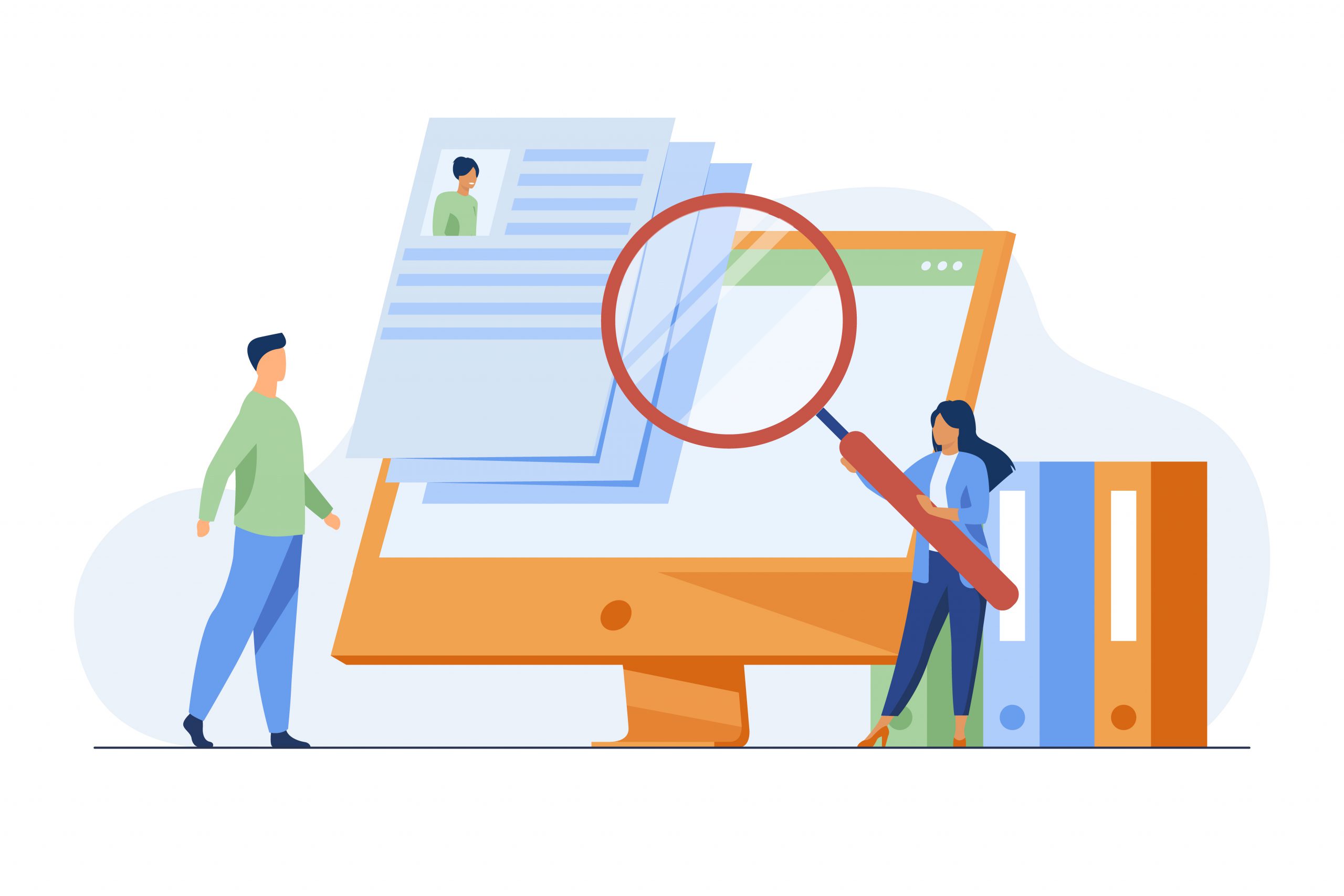LinkedIn Ads
Like all other social platforms, LinkedIn advertising has its benefits to a specific audience. However, Facebook and Instagram may have a wider range, but LinkedIn is the social network that attracts professionals and business-oriented communication.

LinkedIn Partners
We mentioned that LinkedIn is the platform that takes into account the opinions of professionals, competitors and potential partners. Keeping track of the industry, being active, posting and updating content will bring commitment and admiration from the industry.

Can LinkedIn be used for marketing?
LinkedIn is an excellent resource for networking and business development. These marketing suggestions will help you make better use of the social media platform.
– LinkedIn is a social media platform that can be used to increase brand awareness and consumer relationships.
– Companies using LinkedIn can market to potential customers and partners by posting engaging content and participating in industry discussions.
– Using their professional contacts and network, business owners can use LinkedIn to grow their email marketing list.
– This article is intended for business owners who want to use LinkedIn to enhance their marketing efforts and consumer contacts.
LinkedIn allows you to do a variety of things, from making connections and forming partnerships to generating leads and increasing brand awareness, making it an invaluable addition to your digital marketing strategy. LinkedIn, unlike Facebook, Twitter and Instagram, is a professional platform designed to help you establish and strengthen business relationships.
Why is marketing on LinkedIn important?
At a time when businesses of all sizes need to invest where it matters most, the numbers are compelling for LinkedIn:
– It works, it’s trustworthy and it reaches a wide range of B2B audiences.
– LinkedIn has over 774 million members from more than 200 countries and territories and over 55 million companies. (LinkedIn internal data). Professionals are connecting to LinkedIn at a rate of nearly three per second. (LinkedIn internal data)
– Each month, LinkedIn members interact with pages more than 1 billion times. (LinkedIn internal data) LinkedIn has 2.9 million groups, including industry – and interest groups, business and university alumni groups, and professional associations. (LinkedIn internal data)
– Last year, 96 percent of B2B marketers distributed content via LinkedIn. July 2020 (Content Marketing Institute)
– On LinkedIn, 80% of B2B marketers pay for their content. July 2020 (Content Marketing Institute)
– LinkedIn is one of the ten fastest growing brands in the world (2019, BrandZ)
LinkedIn, the world’s largest online professional network, is inherently B2B-focused. It’s where professional relationships are created, careers are launched and deals are struck. As a result, the platform is almost ubiquitous as a content marketing channel for B2B marketers, and it dominates the social media landscape.
How does LinkedIn advertising work?
With more advertising options, you can achieve your marketing goals. On LinkedIn, you can run an ad campaign on your own with sponsored content, message ads, dynamic ads or text ads, all powered by Campaign Manager, LinkedIn’s all-in-one advertising platform.
With Campaign Manager, you can set a budget, choose goals (clicks vs. impressions) and have complete control over the campaign timeline. In addition, the platform includes a number of features designed to help you achieve your advertising goals. There are five main steps to getting started with LinkedIn advertising:
– Choose your goal.
– Choose your audience criteria.
– Choose a format for LinkedIn ads.
– Create a budget and timeline.
– Optimize and measure your campaign.
What are the benefits of LinkedIn marketing?
The main benefits of using LinkedIn for your business lie in its competence as a social network created for business and marketing interaction. The platform itself is built to connect professionals to each other, professionals to businesses and businesses to businesses.
The benefits that businesses derive from LinkedIn are primarily the ability to connect with the right professionals and other businesses. That said, there are also significant benefits to using LinkedIn to promote ideas and campaigns to a more narrow and targeted audience. For example, there are many LinkedIn users who are not active on other social networks. This means that the cultural norm is different, and in advance, the necessary content awareness on LinkedIn has a distinct purpose.
Is LinkedIn marketing effective?
Here’s a quick rundown of the benefits of LinkedIn marketing:
– LinkedIn has helped 45% of marketers in their customer acquisition efforts.
– Compared to Facebook, it generates 277 percent more leads.
– LinkedIn accounts for 80 percent of all B2B leads.
– It also accounts for nearly half of all social traffic to B2B sites.
– LinkedIn is the most popular platform for finding professionally relevant content, with 91 percent of executives using it.
– These are just a few of the many reasons why you should focus your efforts on LinkedIn marketing and optimize any existing strategy.
What are the most common LinkedIn marketing strategies?
Now let’s get to the heart of the article: how to market yourself on LinkedIn. While you can create your own marketing strategy for LinkedIn, these suggestions can serve as inspiration for your campaigns. Check out these seven marketing tips for the platform.
– Enhance your profile.
– Create value-added content.
– Involve your employees.
– Send out tailored InMail
– Use the Matched Audiences feature to run ads.
– Use rich media to make a bigger impact.
– Use analytics data to fuel your efforts.
What is the average cost of LinkedIn advertising?
The cost of LinkedIn advertising is determined by several factors, including target audience, campaign goals and bids. However, LinkedIn ads cost an average of $5.26 per click, $6.59 per 1,000 impressions and $0.80 per broadcast. LinkedIn claims that three factors influence your advertising costs on LinkedIn:
– When you advertise on LinkedIn, you compete with other advertisers to get your ad seen. If you are targeting a high-demand audience, you can expect higher costs due to the value of the audience and the increased competition for the audience’s attention.
– Bid: Your bid also affects the cost of your LinkedIn ad. This is because while you will never exceed your bid, you will pay a portion of it. Because the auction winner pays one cent more than the second highest bidder in LinkedIn’s ad auction.
– Ad Relevancy Score: Ad relevancy score is extremely important when it comes to LinkedIn’s ad costs. Since LinkedIn wants to show relevant and engaging ads to its users, you can save money if you have a high ad relevance score.
When is LinkedIn advertising useful?
LinkedIn ads can be a good investment if you can stick to the recommended budget and if you have a large enough business size to generate a positive return on investment. LinkedIn ads typically generate high-quality leads and provide more niche targeting options, making them an ideal solution for the majority of B2B companies.
If the proposed budget and longer sales cycle seem daunting, consider other options, such as Google pay-per-click (PPC) with retargeting or Facebook, instead of investing in LinkedIn.
Where do LinkedIn ads appear?
Advertised content: Sponsored content, also known as embedded ads, appears in your audience’s LinkedIn feed whether they’re browsing on mobile or desktop. To distinguish these ads from regular content, LinkedIn calls them “promoted”.
You can use LinkedIn carousel ads, single-image ads, or video ads to advertise with sponsored content.
Messages from sponsors: Sponsored Messages (formerly known as Sponsored InMail) allow you to advertise directly in LinkedIn members’ inboxes.
Just keep in mind that LinkedIn has a monthly limit on how many members can receive a Sponsored Message ad. For example, a member in your target audience will not see one of your ads more than twice in a short period of time. While 89% of consumers prefer companies to communicate with them via messaging, only 48% of companies currently communicate with customers and prospects in this way.
Ads in text: Text ads appear at the top right of LinkedIn’s desktop feed and are a great option if you want to generate strong leads from a professional demographic. Given that 58% of marketers say that improving lead generation is one of their top digital marketing goals, LinkedIn Text Ads can be a cost-effective way to cast a wide net.
Ads that change dynamically:Dynamic ads appear in LinkedIn’s right-hand sidebar and speak directly to audiences through personalization. When a dynamic ad appears in a member’s feed, their personal information, such as their photo, employer’s name and job title, is reflected back to them.
However, members can change their settings to hide this information if they feel the ads are too personal.
How does LinkedIn advertising work?
There are three different bidding options for LinkedIn ads:
– Cost per click (CPC): you pay when people click on your LinkedIn ad. This is a great option if you want to drive valuable traffic to your page and earn leads.
– Cost-per-impression (CPM): with this model, you pay for every 1000 impressions. When people see your ad, you pay for them to see it, but not interact with it. The goal of this type of ad is to increase brand awareness.
– Cost Per Shipment (CPS): CPS is another pricing model available for your business. This model is used when sending information via sponsored InMail. With this form of advertising, your information goes directly to leads in their LinkedIn inbox.
